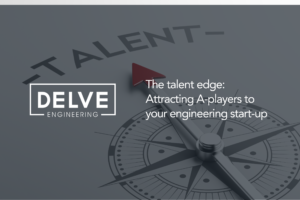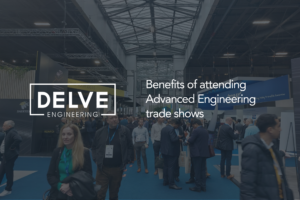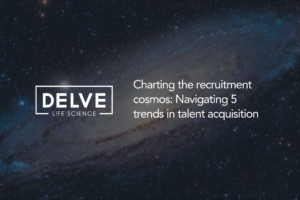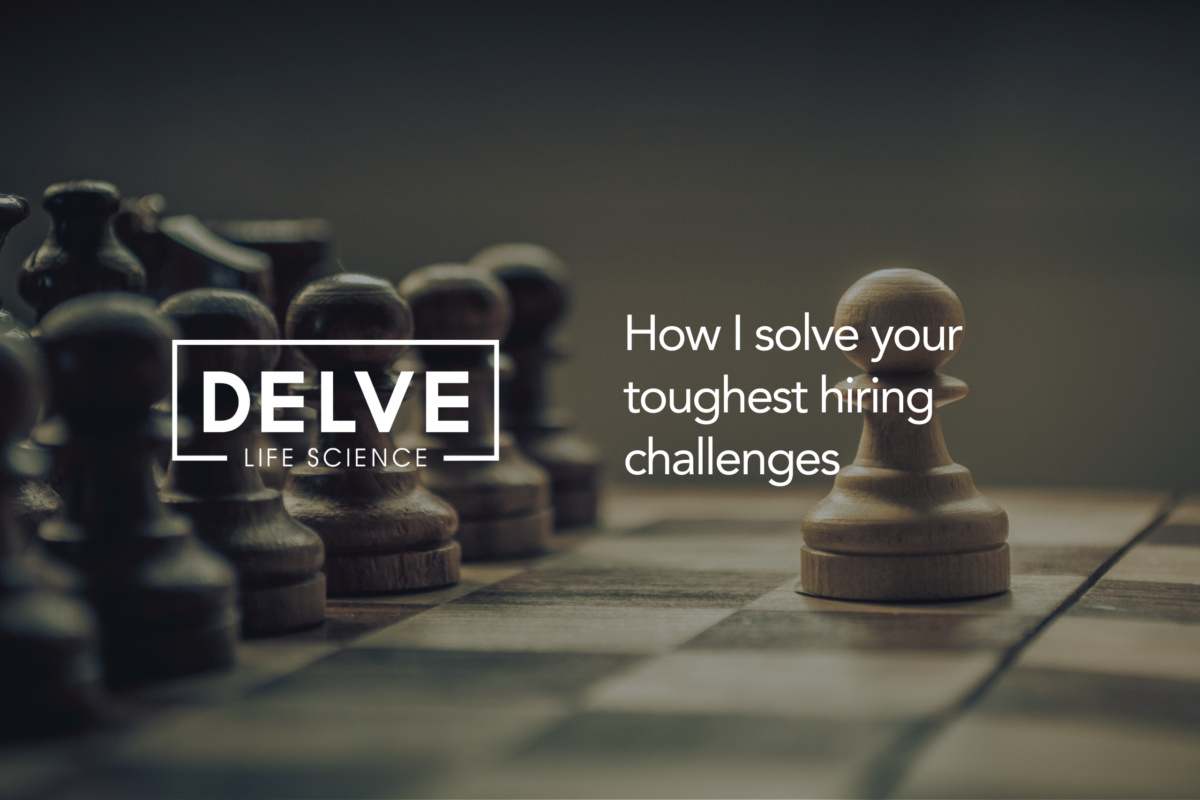
“How I Solve Your Toughest Hiring Challenges”
By Gareth Foden, Director and Head of Life Science
In the fast-paced world of recruitment, businesses are constantly seeking ways to streamline their hiring processes, attract top-tier talent, and mitigate risks associated with bringing new members into their teams. As someone with 12 years of recruitment experience, I understand the unique challenges that organisations face and have honed my skills to provide comprehensive solutions.
In this blog, I’ll explore the key problems I solve for my clients, ranging from time to hire and quality assessment to taking the value proposition to the market and managing risks effectively.
1. Time to hire: Accelerating your recruitment process – One of the most critical challenges in the hiring process is the time it takes to find and onboard the right candidates. Time is money, and delays in recruitment can lead to missed opportunities and increased workloads for existing team members. I specialise in optimising the recruitment timeline, leveraging efficient sourcing strategies, and employing advanced technologies to ensure a swift and effective hiring process.
2. Quality assessment: Ensuring the best fit for your team – Finding candidates is one thing, but identifying the right fit for your organisation is another challenge altogether. My expertise lies in conducting thorough quality assessments to ensure that the candidates not only meet the required skills and qualifications but also align with the company culture. This meticulous evaluation aims to guarantee that every hire contributes positively to your team dynamics and overall success.
3. Taking your value proposition to the market – In today’s competitive job market, attracting top talent requires a compelling value proposition. I work closely with organisations to articulate their unique selling points and effectively communicate them to potential candidates. By showcasing the company’s culture, benefits, and growth opportunities, I help create a strong employer brand that resonates with top-tier talent, making your organisation a magnet for great people.
4. Expertise in niche talent pools – Many industries require specialised skill sets, and finding candidates with niche expertise can be a daunting task. My extensive experience includes navigating and understanding niche talent pools. Whether it’s C-Suite, Director, commercial or niche technical, I deploy the same robust processes to deep dive in to these talent pools and identify the best people for your business.
5. Objective feedback – Recruitment roadblocks can often arise internally, hindering the progress of the hiring process. My role extends beyond just finding candidates – I provide objective feedback and insights from an external perspective. This helps organisations identify and address any internal challenges, ensuring a smooth and efficient recruitment process.
6. Risk management – Bringing new team members on board always carries inherent risks. I specialise in risk management throughout the recruitment process, from conducting thorough interviews to assessing potential cultural fit. By mitigating risks early in the hiring process, I contribute to the long-term success and stability of the teams I help to build.
Conclusion: In the ever-evolving landscape of recruitment, I am dedicated to solving the multifaceted challenges faced by businesses. From expediting the hiring process to ensuring quality assessments and managing risks, my expertise spans the entire recruitment journey. By partnering with me, organisations can not only optimise their hiring processes but also build teams that drive success and innovation.
Get in touch to see how I can support you in your search for talent:
LinkedIn: Gareth Foden
Email: [email protected]
Share This Blog
Recent Articles

The Talent Edge: Attracting A-Players to Your Engineering Start-up

Dresden’s rise: TSMC semiconductor factory and its impact on job market attractiveness

5 Opportunities beyond research in Life Sciences

Benefits of attending Advanced Engineering trade shows

The recruitment cosmos: Navigating 5 trends in talent acquisition








